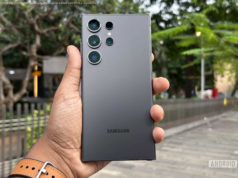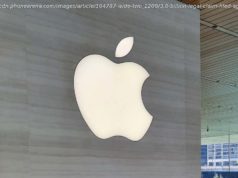2023 has definitively been the year of AI, but with a new generation of hardware promising AI accelerators, what will we actually use them for?
AI is the future. I’m convinced of it, too, because I’ve heard every company that even remotely touches technology tell me that’s the case. We need AI. It’s the bedrock of every technological innovation in the future.
If you can’t sense the sarcasm, let me bring this down to earth. AI is everywhere, and that’s not surprising. There are new tech trends every year, but this most recent boom in AI feels different. Ever since the switch was flipped and ChatGPT was unleashed on the world, there has been an AI frenz,y with some of the world’s largest and most wealthy companies duking it out to end up on top of the AI pile.
Unlike trends we’ve seen previously, AI is already being built into everything. It catapulted Nvidia to become a trillion-dollar company with its specialized AI accelerators. It’s at the heart of Windows now, according to Microsoft, with the new Copilot feature. And you can’t interact with a search box without AI stepping in to try to be helpful (the jury’s still out on if it’s actually helpful).
Software is one thing, but the biggest hint that AI is a big deal is hardware, and that’s what I want to focus on here. More and more, we’re seeing dedicated AI processors in consumer devices. Apple has been doing it for years with its M-series processors, and both Intel and AMD now build in AI accelerators with their mobile processors. It’s such a big deal, apparently, that Microsoft found it fit to include a dedicated AI processor on its recent flagship Surface Laptop Studio 2.
Those are just the high-level brands. If you go down the stack to companies like Lenovo, Dell, and HP, you can dig up marketing bullet points about accelerating AI tasks with next-gen components thanks to a dedicated AI processor.






